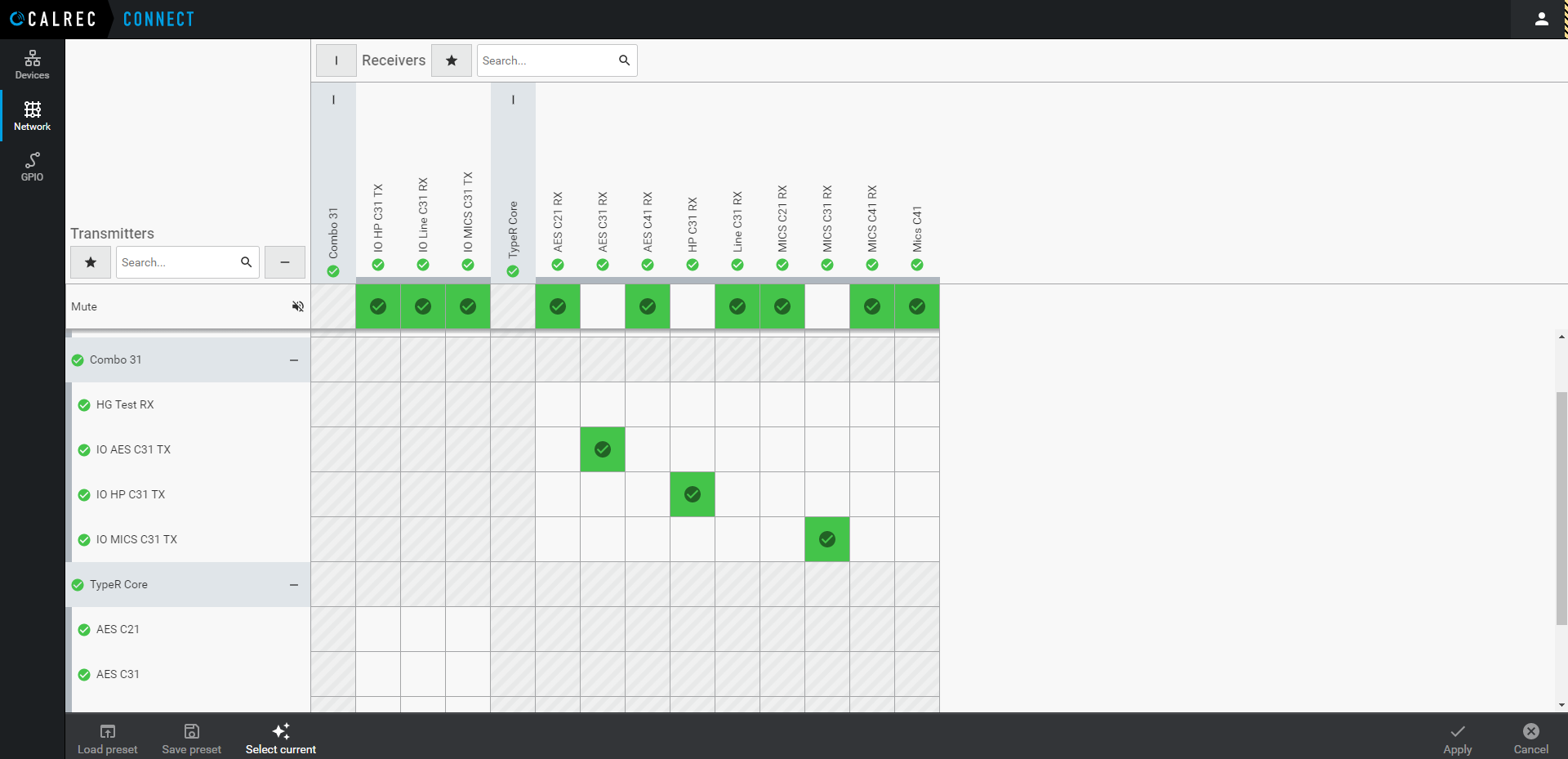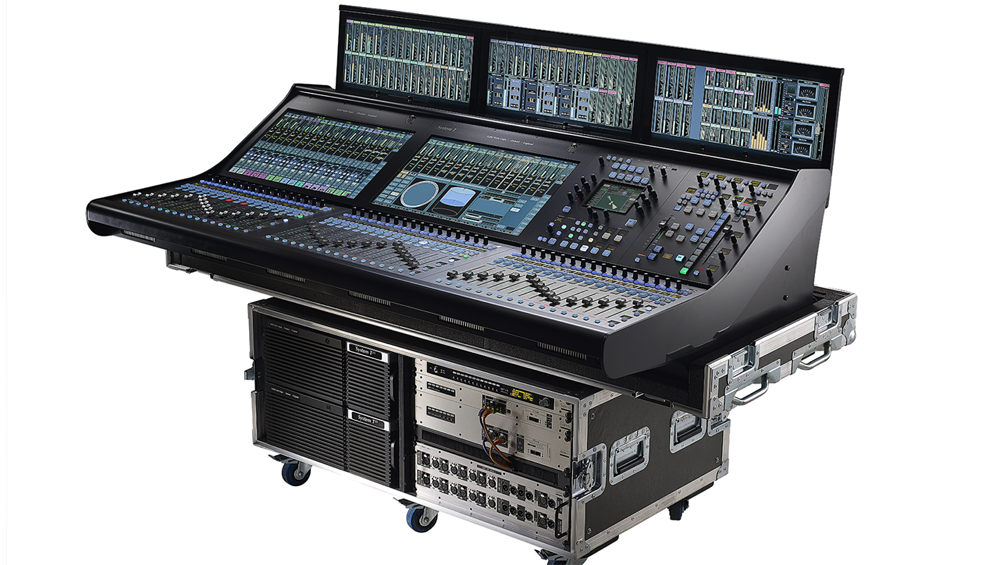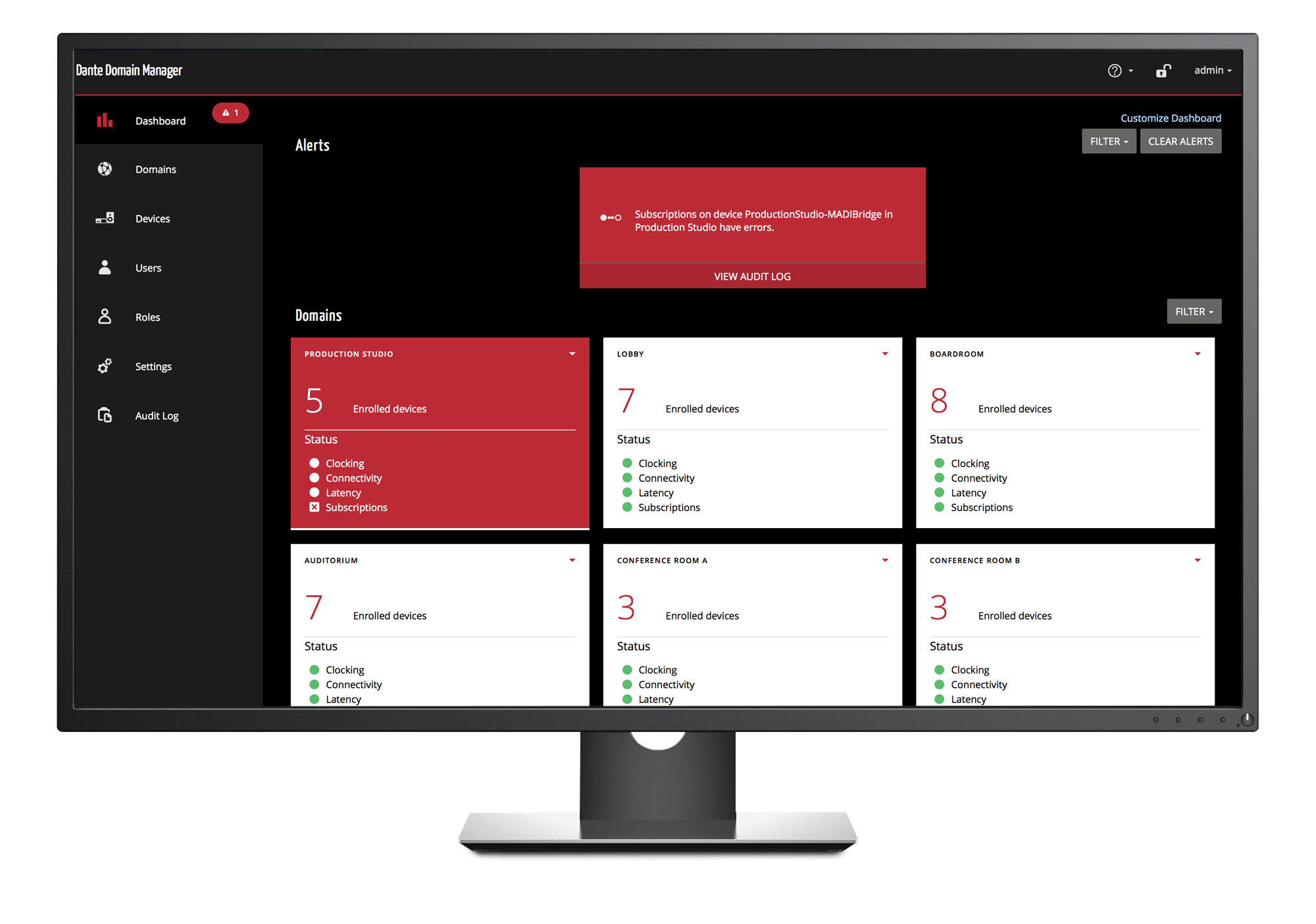
TVN Tech | TV Inches Toward Audio Over IP

The COVID pandemic prompted growing broadcaster embrace of audio over internet protocol (AOIP) technology, but some parts of the workflow have posed challenges.
While AOIP technology has long been proven — radio has been using it for years — many broadcasters had yet to leap into the IP transition, partly due to the cost of changing out infrastructure. But vendors, often unable to publicly name their clients, say the technology “future-proofs” their investment while delivering flexibility and savings.
One challenge is preventing audio latency with the signals. Additionally, some of the standards around AOIP, such as those regarding connection management and discovery, are works in progress that will make the technology easier for broadcasters to use. Finally, vendors are focused on ensuring audio content is secure and ultimately helping broadcasters follow radio into audio in the cloud.
COVID Prompts IP Move
Marty Sacks, EVP of sales, support and marketing for Telos Alliance, says COVID forced a lot of broadcasters to make the IP move because so much of the work-from-home workflows are based on IP.
“There’s just no way to do that without taking advantage of the newer technology,” he says.
Typically, it may have taken five to eight years to move from a technology like SDI to IP because of planning and the cost of changing infrastructure, he says. The transition to IP had already happened in radio, and AOIP technology was commercialized in the early 2000s.

An example of Telos’ cloud-based audio mixer, which can be used in a work-from-home environment. The interface is via HTML5 web page and uses touch screen for operation.
“In the space of weeks, maybe months at the long end, some of the biggest companies in the world have adopted IP,” Sacks says. “The pandemic has forced technology adoption, especially IP technology adoption, much faster in some facilities than it ever would have happened.”
But, Sacks says, it’s not just about using AOIP, it’s how broadcasters are shaping their workflows to harness the power of the technology. In some cases, broadcasters still need to support legacy workflows or are relying on on-prem equipment, he says. In others, they are crisscrossing the world with contributed content and may take advantage of the cloud, he says.
“It’s less about the technology and more about how do we use the technology,” Sacks says. “There are so many questions that, once factored in, will drive some of these decisions. It’s not one-size-fits-all.”
Henry Goodman, Calrec’s director of product management, says video is driving broadcasters to IP technology, rather than audio.
“The infrastructure on video has changed quite a lot, and the data rates for video are going up and up all the time, from SD to HD to 4K to 8K to UHD,” he says.

The stream matrix view in Calrec Connect for routing streams from one device to another. The green blocks indicate connections made.
And, he adds, every time there’s a step change in video quality, broadcasters face the prospect of having to upgrade or change out infrastructure. But data is agnostic to the infrastructure, he says. So, broadcasters are interested in IP technology because it will allow them to move their infrastructure to more off-the-shelf, commercially available infrastructure that is agnostic and future-proofed, Goodman says.
Interoperability Crucial
Broadcasters also want all the pieces of their infrastructure to work together, so interoperability is critical.
Audinate’s Dante protocol helps with that, as it allows the transmission of high-quality uncompressed audio over the IP network, has been adopted by more than 500 manufacturers and is supported by more than 3,000 products.
“It’s all inherently interoperable,” says Joshua Rush, SVP of marketing and product development at Audinate.
Interoperability gives broadcasters flexibility with their workflows, which has been particularly helpful during the pandemic, he says.
The University of Miami adopted Dante and AOIP for its live sports production workflows before COVID introduced the need for social distancing, which required a redesign of the studio, Rush says.
“They were able to move all their equipment around. Everything was on the network, and everything just worked,” Rush says.
Networking also “makes things exponentially easier” and more flexible when it comes to remote production, he adds. In the past, remote broadcast trucks had to spool out analog cable but now can be connected with an ethernet cable, which drives down the weight and cost for those trucks, he says.
“Setup for an event when using networking is a matter of hours instead of days,” Rush says. And reconfiguring a studio during COVID with networking “makes everyone’s lives so much easier.”
Emerging Challenges
While networking and the use of IP can make some things easier, there have been some challenges with making sure the technology delivers what broadcasters require, such as streams sent without data packet loss, buffering or audio latency.
Andreas Hilmer, Lawo’s director of marketing and communications, says audio is more sensitive than video when it comes to latency because “the human ear is more sensitive” to it.
This is particularly a challenge with remote production when an audio signal is sent from one location to another and “the talent is hearing himself. You can’t ignore a minimum latency, a couple of milliseconds. If latency gets bigger, you can’t keep on talking anymore because you hear your own voice with a slight delay,” Hilmer says.
While standards have been set for certain IP aspects of video and audio, such as transport over IP, there aren’t yet standards for stream connection management and discovery. And transporting video and audio over IP are two different propositions because video can be compressed or uncompressed while audio is not compressed.
According to Tom Knowles, product manager for broadcast systems at Solid State Logic, audio is considered “a complex part of the IP transition,” largely because mono audio routing involves large numbers of signals, compared with video, which is usually one high-bandwidth signal.
With SMPTE 2110 and AES67 defining transports and NMOS APIs allowing the connecting of streams and shuffling of audio in and out of them, he adds, those streams are manually created using interfaces at the transmitting devices.
Currently, Knowles says, there is no standardized API for dynamically creating streams, and solving that problem is complex because “it is so engrained in how the technology stacks work.”

Solid State Logic’s System T mixing consoles (S500m pictured) support both Dante and ST 2110/AES67 transport, with audio routing control managed directly from the console using a unified graphical interface. The system engineer can use standards and technology appropriate for the different use cases, the audio operator is simply presented with audio channels in the user application, not multicast addresses.
As Goodman puts it, the ability to manage media streams, to be able to discover what streams are available and choose which streams to use for an individual device are critical to handling and managing broadcast media networks.
Manual configuration may be simple with one or two devices to send and receive from, but when there are hundreds of thousands, “that would never work. There are too many end points to deal with,” Goodman says.
As such, standards for stream management are needed.
Need For Standards And Security
“We need to make sure that standardization for stream management and control across a network is in place,” Goodman says. “It’s up to us and other manufacturers to make sure we have those standards in place.”
Security is also an area that broadcasters are thinking about when it comes to AOIP, according to Audinate’s Rush.
With the physical world, control of access to a device, equipment and cables provides inherent security, he says. Moving to a computer network brings a lot of benefits like flexibility, but it also becomes a liability, he adds.
“You don’t have that physical restriction of the device,” he says, noting broadcasters want to ensure their broadcast streams aren’t intercepted.

Audinate’s Dante Domain Manager secures Dante networks by enforcing user authentication and roles to ensure only trusted people can make changes to the system. It provides organizational tools that allow Dante devices to be split into functionally independent groups (domains) that correspond to rooms, spaces, buildings and more for easier routing and security. Dante Domain Manager coordinates clocking across the entire network, enabling routing of audio and video across IP subnet boundaries for large systems that must span large buildings, multiple studios, or campuses.
Ensuring security requires hardening the network, tightly controlling access to the network and monitoring the network, Rush says.
And while the industry works toward creating those standards and vendors work to make using AOIP easier and more secure for broadcasters, Hilmer says there are signs that radio is once again leading broadcasters into adopting new technologies, such as virtualization and moving processing capability to the cloud. He foresees moving playout systems and production capabilities to the cloud as well.
Real-time processing of audio is already available on a commercial off-the-shelf-based environment, although live video processing for video currently requires dedicated proprietary hardware, Hilmer says. “In years to come, this will change, and television will follow the models which will be laid out in the radio world first.”
































Comments (0)